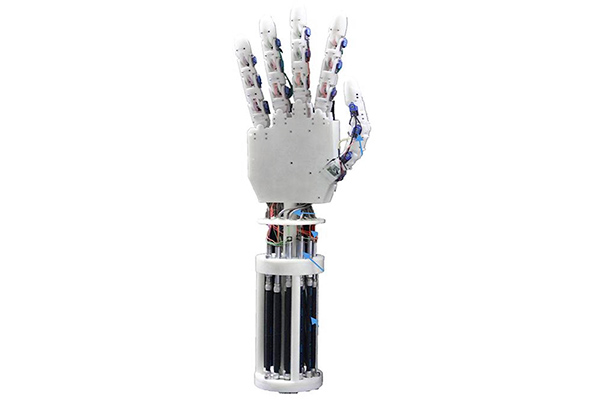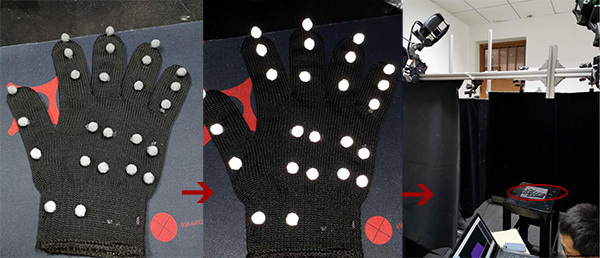In traditional industries, the robot has few degrees of freedom, and the end gripper has a simple structure, which can only complete simple and mass-produced tasks such as painting, arc welding, carrying and printed circuit boards. In recent years, the demand for flexibility, integration and intelligence in industrial production has accelerated the development of robot technology, and the dexterous robot hand with multiple joints and degrees of freedom has become one of the hot spots in the field of robot research. Multi-fingered dexterous hand, as the executive component of the interaction between robot and environment, imitates the functional characteristics of human hand, has the advantages of strong adaptability and various grasping methods, and is an intelligent universal manipulator developed for multi-task research.

The design and development of multi-fingered dexterous hand includes the following stages: the first stage, obtaining the morphological characteristics and functional characteristics that meet the needs of human hands; In the second stage, the structure of multi-fingered dexterous hand is analyzed, and the functional requirements of the designed dexterous hand are abstracted according to the motion characteristics of human fingers in the grasping process, which guides the design of mechanical structure of mechanical fingers; In the third stage, through the D-H kinematic analysis of human fingers, the kinematic equation of human fingers in space is obtained, and its structure is abstracted and simplified, and the equation that can approximately simulate the spatial motion of mechanical fingers is derived. In the final stage, the prototype of dexterous hand is made and the performance of dexterous hand is tested.

Researchers from the School of Mechanical Engineering of Zhejiang University of Technology have studied the design of multi-fingered dexterous hand. In the first stage of research, we need to extract the natural characteristics of human hands. In order to explore the influence of different grasping postures and the size of grasped objects on the angle change, angular velocity change, fingertip movement track and correlation between fingers, 25 markers were attached to the joints of the hands of subjects, and the grasping movement data of several subjects were collected by using NOKOV optical 3D motion capture system. The position information of hand joints was analyzed, and the angle change, angular velocity change, fingertip movement track and correlation coefficient were calculated and compared.

With the hand motion feature information extracted from the position information of the marker points, we can design the mechanical structure of the multi-fingered dexterous hand and carry out the work in the later stage. At present, the prototype of the dexterous hand has been completed.